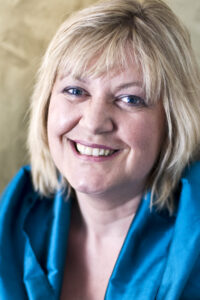So Scientists have now identified that we have 21 facial expressions. This seems rather similar to the fact that the Sami language (Eskimo) has 180 words for snow and ice. Here is the article There is also a slideshow of the different facial expressions here.
 There is an element of the article appearing to show an A-Z of acting, combining emotions to define a feeling. Originally it was thought that there were six facial expressions, related to being happy, sad, fearful, angry, surprised and disgusted. NOW there are 21 facial expressions which include combinations of the emotions above: such as Happily Surprised and Sadly Angry as well as Hatred!
There is an element of the article appearing to show an A-Z of acting, combining emotions to define a feeling. Originally it was thought that there were six facial expressions, related to being happy, sad, fearful, angry, surprised and disgusted. NOW there are 21 facial expressions which include combinations of the emotions above: such as Happily Surprised and Sadly Angry as well as Hatred!
Of course these categories don’t include gradations of emotions from: mildly angry through to fully throttled Diva meltdown, and mildly amused, through to belly aching hilarity. Also, people’s varied personalities mean that someone might think they are being happy – but to someone else it might appear neutral. Likewise, cultural differences mean that a “Buttoned up” English man might not show emotions in the same way as a more emotional Italian: neither are right or wrong!!
What interests me is that our facial expressions (and emotions) impact our body language (posture) but also our voices. We are often told to smile when we are on the telephone because the person on the other end of the phone will only HEAR the tone of your voice and not be able to read your expressions and body language. Try speaking in an animated way when you have a grumpy expression on your face, or being sympathetic when you are almost crying with laughter. It is impossible!
Our facial expressions can also be distracting. Mehrabian’s theory on communication is largely about OTHER factors distracting a listener from what you are saying rather than OTHER FACTORS being more important than what you say. SO if you have a grin on your face when you are delivering bad news, the listener will be distracted or confused by the message. Likewise, if you look and sound depressed when you are delivering good news. Whether or not you are wearing the latest fashions in your colours chosen by your image consultant, your communication will be confusing to the listener.
An old Thespian trick I learnt a while back was to BREATHE the emotion I wanted to show before going on stage. So if I wanted to feel surprised, I would breathe in, in a surprised way; this made me FEEL surprised and not only was this reflected in my facial expression, but my voice and body language. How many times have we been told to ‘Take a deep breath’ for courage.
So do be aware of your facial expression: even if you don’t have a repertoire of 21 expressions, the combination of preparation and awareness will ensure you don’t confuse people you are speaking to.

 Is ‘Being Nice’ at work the answer??
Is ‘Being Nice’ at work the answer??